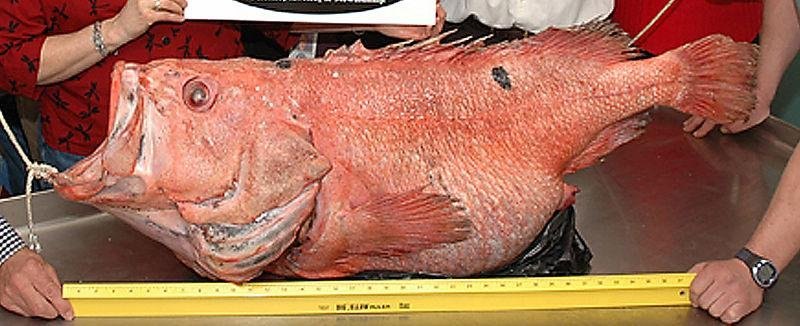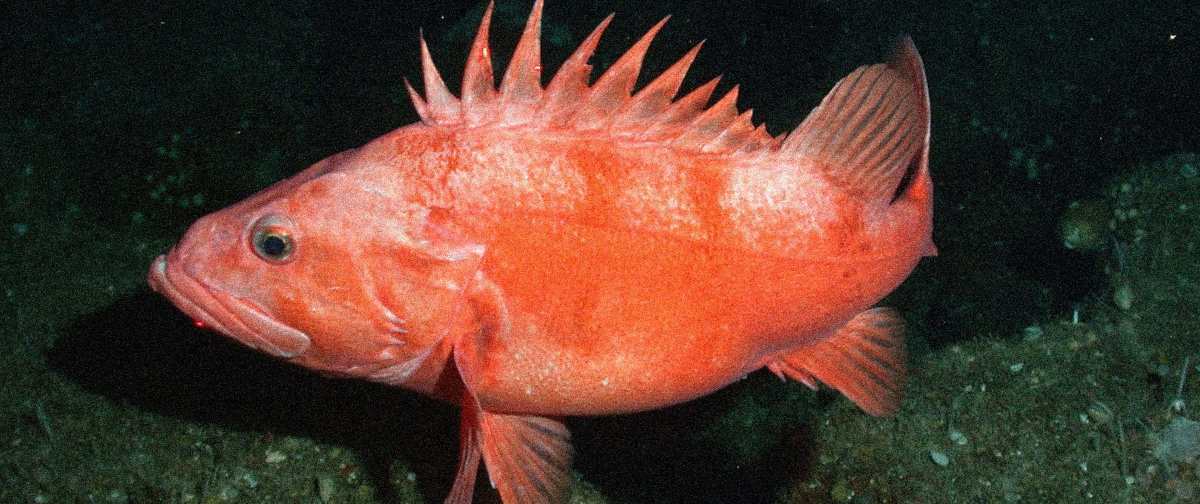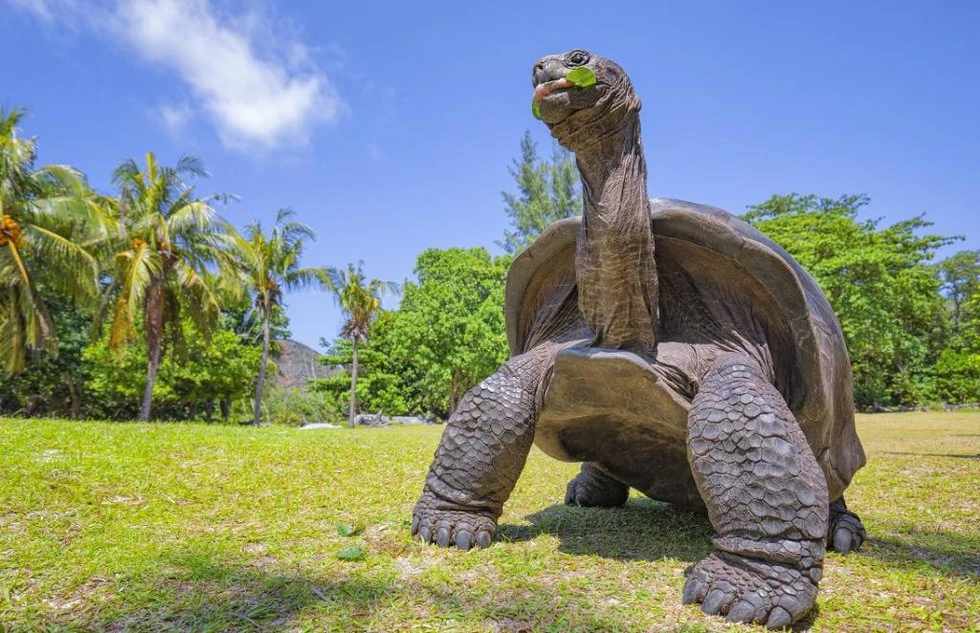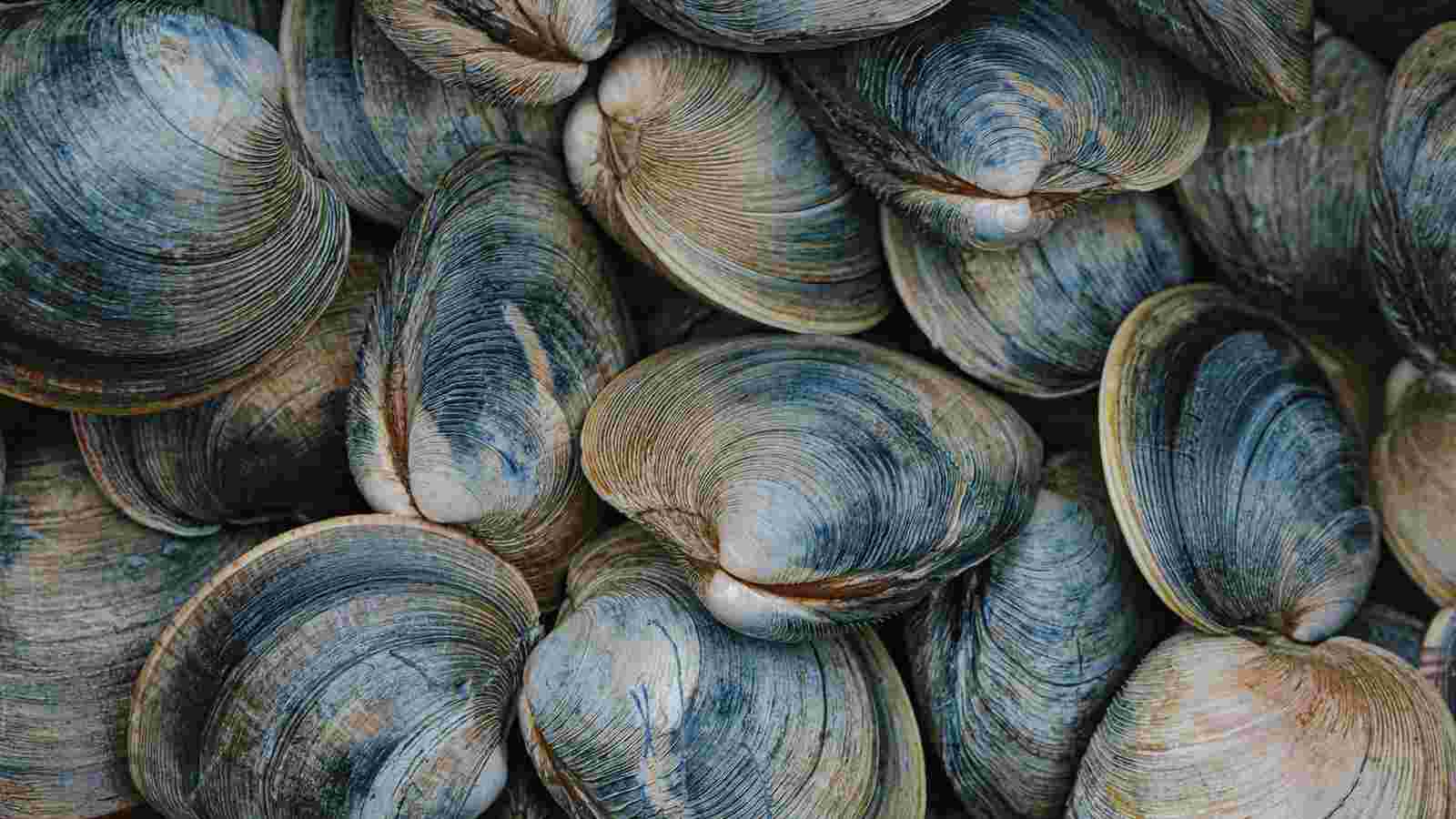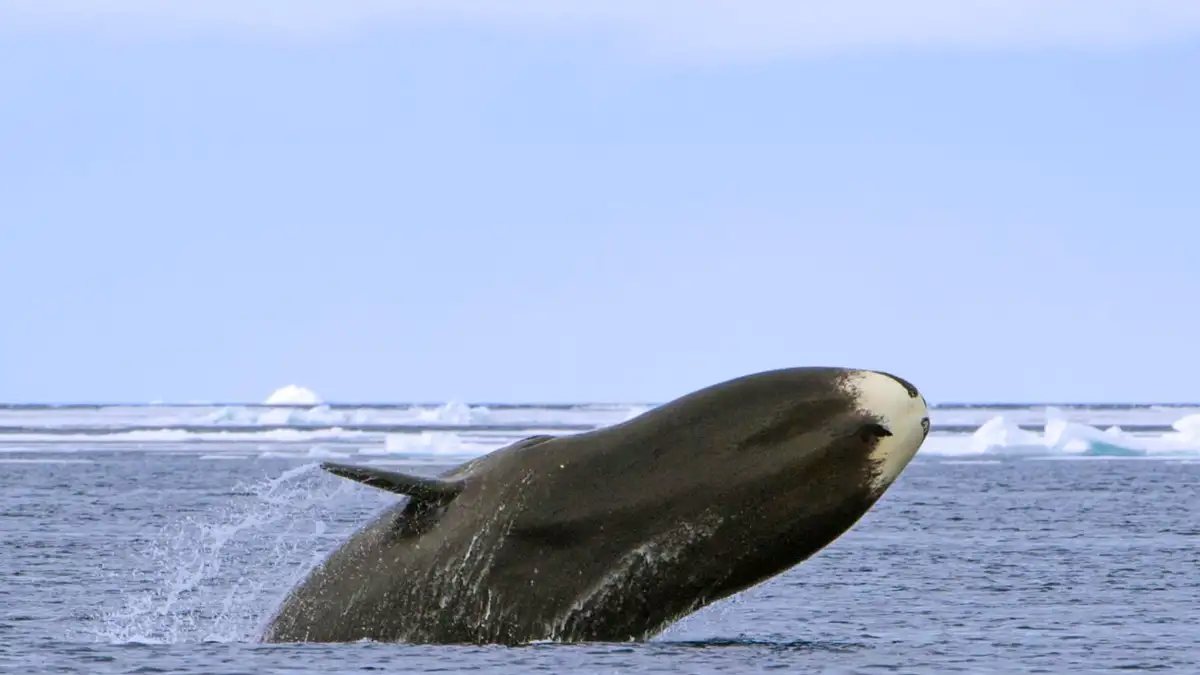What is meant by Manvantara and Kalpa?
There are 4 four yugas in 1 yuga cycle and the length of the four yugas is 43,200,00 years.
Satya Yuga equals 1,728,000 Human years
Treta Yuga equals 1,296,000 Human years
Dvapara Yuga equals 864,000 Human years
Kali Yuga equals 432,000 Human years
1 cycle of four Yugas is called as Mahayuga or Chaturyuga
71 Mahayugas is called as Manvantara
14 Manvantaras is called as Kalpa
1 Kalpa is equal to 12 hours in Satya Loka of Lord Brahma
2 Kalpas is equal to 1 full day (24 hours) of Lord Brahma
Bhagavata explains the duration of Yugas as follows:
catvāri trīṇi dve caikaṁ
kṛtādiṣu yathā-kramam
saṅkhyātāni sahasrāṇi
dvi-guṇāni śatāni caTranslation
The duration of the Satya millennium equals 4,800 years of the years of the demigods; the duration of the Tretā millennium equals 3,600 years of the demigods; the duration of the Dvāpara millennium equals 2,400 years; and that of the Kali millennium is 1,200 years of the demigods.
Purport
As aforementioned, one year of the demigods is equal to 360 years of the human beings. The duration of the Satya-yuga is therefore 4,800 × 360, or 1,728,000 years. The duration of the Tretā-yuga is 3,600 × 360, or 1,296,000 years. The duration of the Dvāpara-yuga is 2,400 × 360, or 864,000 years. And the last, the Kali-yuga, is 1,200 × 360, or 432,000 years.
Ref: Srimad-Bhagavatam Canto 3: The Status Quo CHAPTER ELEVEN
Lord Brahma has 360 days in a year. 100 years of Lord Brahma is called as Mahakalpa and on reaching 100 years, Lord Brahma gets Moksha(salvation). The entire three worlds (Devaloka,Bhuloka and Asuraloka) are destroyed by fire emanating from the mouth of Lord Vishnu's serpent Adisesha. This annihilation is overseen by Shiva who engages in his cosmic dance (Tandava) in order to direct all this destruction. Then Brahma is reborn marking the start of a new Mahakalpa and then the cycle begins again.
Now coming back to two questions:
Will history repeat itself after Kali Yuga ends?
Yes, the yuga cycle is endless and will keep repeating.
Will Ramayan and Mahabharat happen again?
There has been countless Treta Yuga and Dwapara Yuga before this current Kali Yuga. We are currently living in Shveta-Varaha Kalpa. Within this Brahma’s day, six manvantaras have already elapsed and this is the seventh manvantara named as Vaivasvata manvantara.
Ramayana happened in the 24th Treta Yuga of present Vaivasvata Manvantara. Here is what the Matysa Purana(oldest of all puranas) says while enumerating various incarnations of Lord Vishnu in the Vaivasvata Manvantara in chronological order:
In the 24th Treta Yuga, the seventh manifestation was that of Sri Ramchandra, as the son of Dasharatha, and with Vasishta as the priest, to kill Ravana.
Ref: Matsya Purana
Vayu Purana (70.48) says:
Tretayuge chaturvinshe ravanastapasah kshayat
Ramam Dasharathim prapya saganah kshayamiyavan
Which means that Ravana met Rama, the son of Dasaratha in a battle field during treta yuga of 24th mahayuga. Skanda Purana also confirms the same. Parashurama was born on 19th Treta Yuga not the same Treta Yuga which Lord Rama belongs.
Next avatar of Lord Vishnu which is Krishna took place in 28th Dvapara Yuga. This is when Mahabharata happened. Lord Vishnu doesn’t take incarnations on every Yuga. He himself told in Bhagavad Gita that:
yada yada hi dharmasya
glanir bhavati bharata
abhyutthanam adharmasya
tadatmanam srjamy ahamTRANSLATION
Whenever and wherever there is a decline in religious practice, O descendant of Bharata, and a predominant rise of irreligion—at that time I descend Myself.
Ref: Bhagavad Gita
The future incarnations of Lord Vishnu in the upcoming 7 manvantaras is given in Bhagavatam. All of them are partial incarnations. Nothing is known about incarnations of Lord Vishnu in future kalpas.
Image Courtesy: Google
.jpg)

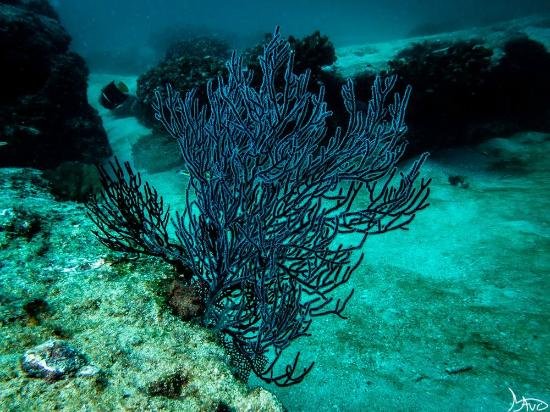
.jpg)
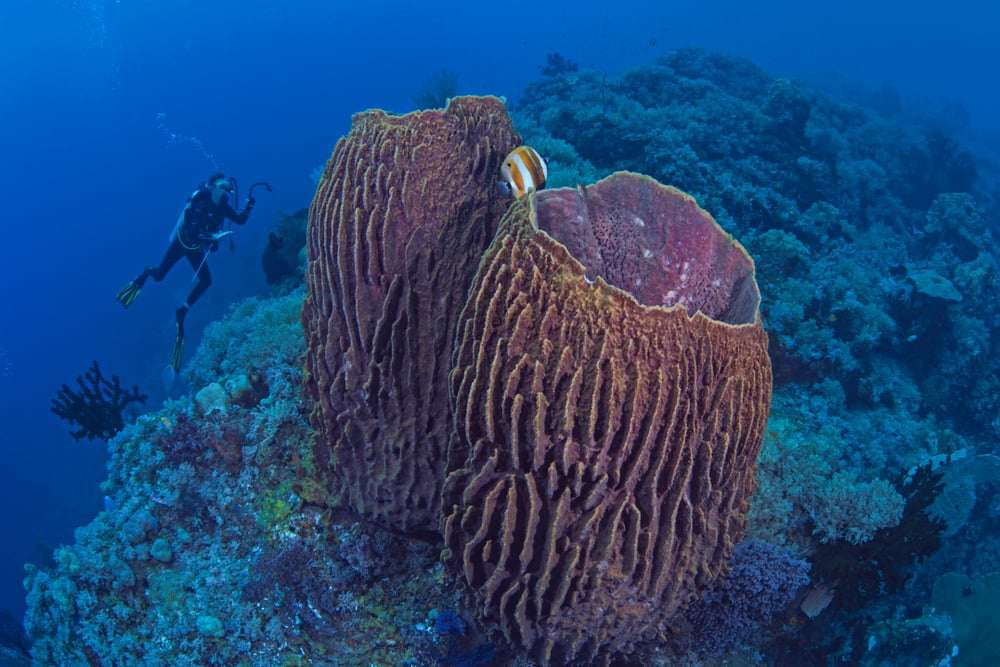
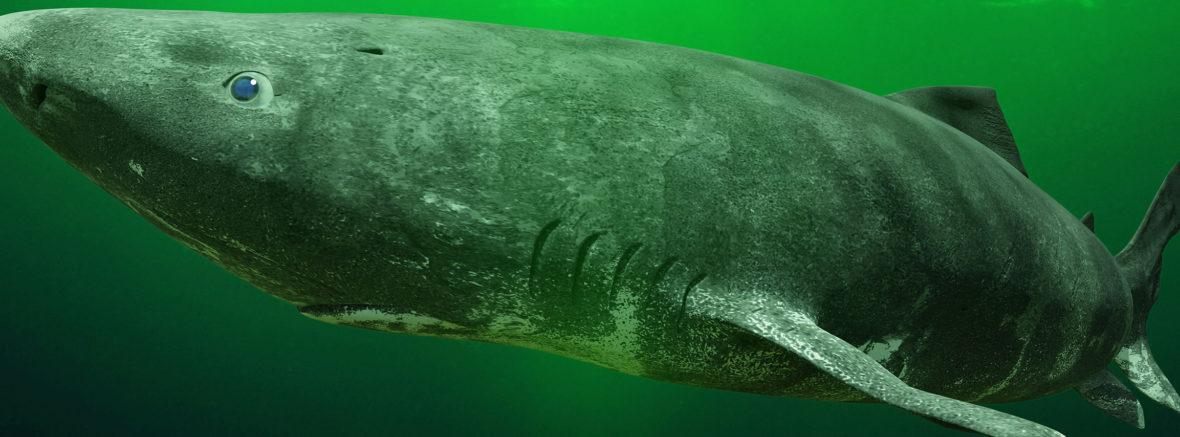
.jpg)
